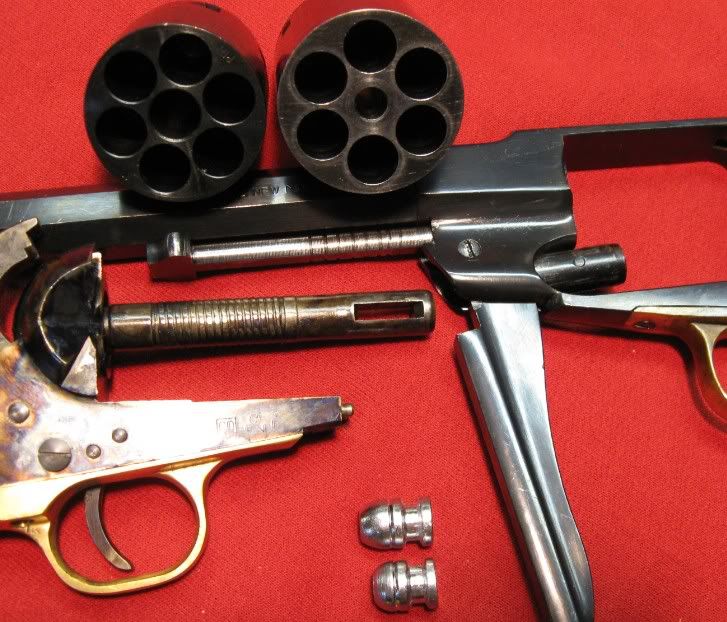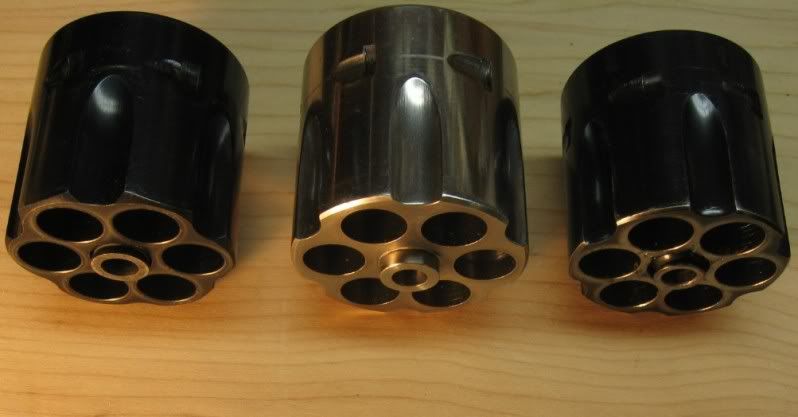What gave Colt the lion's share of the revolver market through the frontier period?
In the percussion era, the Remington seemed a far superior design, but both the Army and civilians preferred the Colt.
In the cartridge era, the Schofield Smith and Wesson seemed superior to the Colt SAA, but once again, Colt won out.
I have a few theories about this.
Colts pointed better and few frontiersmen used or desired the superior sights if the Remington.
Remingtons were made from inferior materials and were prone to corrosion.
Smith and Wessons had the same problem. Schofield also seem to be quite muzzle heavy, maybe due to all the mechanism ahead of the cylinder, but this could be an advantage on a horse or in deliberate, slow fire.
Colt was a much better salesman.
So, why was Colt so much more popular?
In the percussion era, the Remington seemed a far superior design, but both the Army and civilians preferred the Colt.
In the cartridge era, the Schofield Smith and Wesson seemed superior to the Colt SAA, but once again, Colt won out.
I have a few theories about this.
Colts pointed better and few frontiersmen used or desired the superior sights if the Remington.
Remingtons were made from inferior materials and were prone to corrosion.
Smith and Wessons had the same problem. Schofield also seem to be quite muzzle heavy, maybe due to all the mechanism ahead of the cylinder, but this could be an advantage on a horse or in deliberate, slow fire.
Colt was a much better salesman.
So, why was Colt so much more popular?



